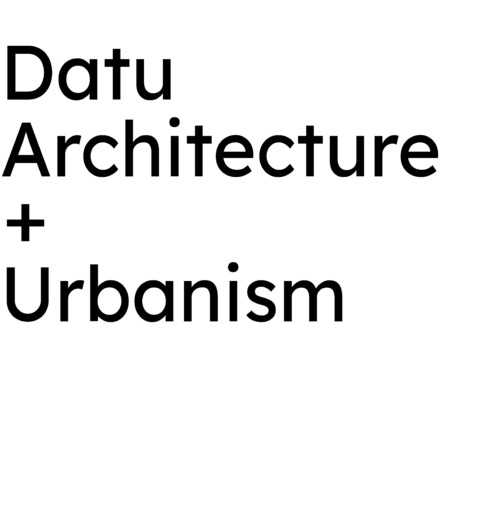The question is: should we abolish spot rezoning? And the answer is: yes. The public of NSW is suffering from shell shock, from a construction boom it was not braced for, and which has left its cities disfigured. Architects shrink from some of the connections but for much of the wider public the products of the boom are easily associated with a range of social scapegoats: excessive immigration, foreign investors, gentrifying hipsters, destruction of local history. We have to admit that the public trust in the evolution of the built environment is broken, and the thing that has broken that trust is spot rezoning. To restore democratic faith in NSW cities, we should abolish spot rezoning.
There are those who say that to attack spot rezoning is to correctly identify the problem but to mistake the cause. That we need spot rezoning to release us from the shackles of outdated local environmental plans (LEPs). Indeed, our whole LEP paradigm is outdated. But we must still abolish spot rezoning.
Those who wish to preserve spot rezoning argue that it allows sites to be seen in a greater context. This is merely to swap the values of the local government of the day with the values of the state government of the day. Neither of these sets of values is inherently virtuous. The only rezoning process that sees a site in its proper context is one that rezones the whole precinct, considering all sites at once without bias towards one or another.
What restores the public’s faith and trust is certainty. Regardless of how other aspects of the NSW planning regime are reshaped, certainty cannot be had while spot rezoning exists. Architects tolerate spot rezoning despite understanding its flaws because it suits our bottom line. But the fundamental principles at stake are becoming too great. Discretion in planning needs to be removed from both local and state levels of government, to provide the certainty in our cities’ futures that the NSW public needs.
This article was originally published in Election (2019), Architecture Bulletin 76(1).
